A Journey Through the Delicious World of Japanese Ramen
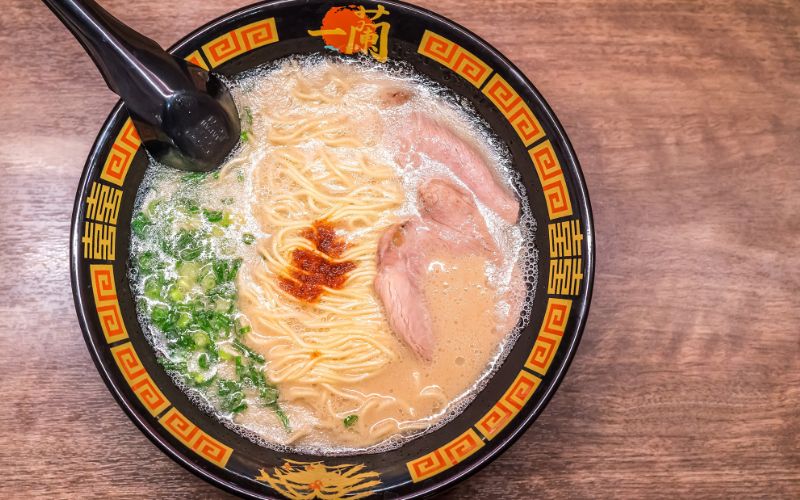
A Journey Through the Delicious World of Japanese Ramen Noodles
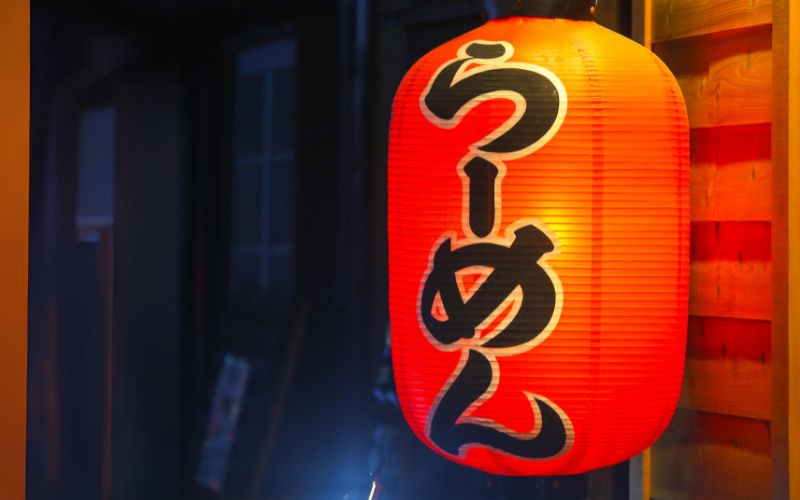
When it comes to iconic Japanese cuisine, sushi may often take the spotlight.
However, another dish has been making waves both in Japan and globally: RAMEN NOODLES.
This beloved noodle soup offers a diverse and deeply satisfying culinary experience that reflects the rich regional cultures across Japan.
Join us as we explore the delightful world of ramen, from the distinct regional broths to the various types of noodles, and even the rising trend of vegan ramen.
Regional Ramen Varieties: A Taste of Japan's Diversity
Hakata Ramen: Creamy and Rich
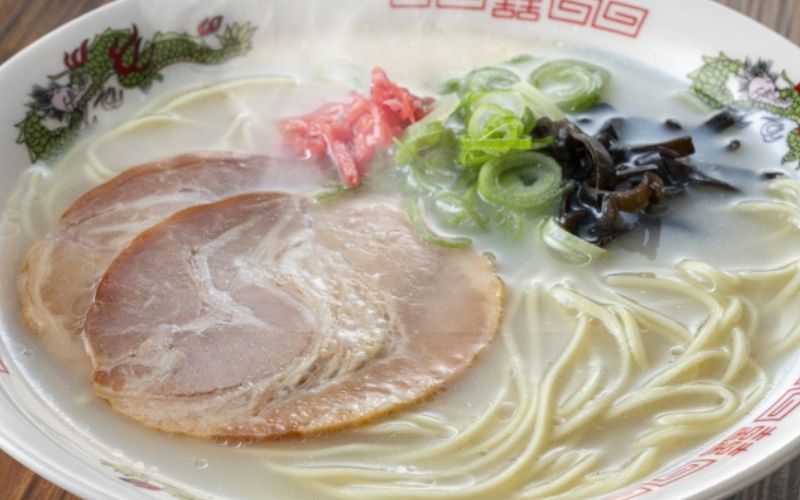
Originating from Fukuoka in Kyushu, Hakata ramen is renowned for its creamy, rich tonkotsu (pork bone) broth.
This soup is made by boiling pork bones for hours, resulting in a thick, flavorful broth.
The noodles are typically thin and straight, providing a delightful contrast to the hearty soup.
Often topped with slices of tender chashu (braised pork belly), green onions, and pickled ginger, Hakata ramen is a must-try for any ramen enthusiast.
Hokkaido Ramen: Bold and Robust
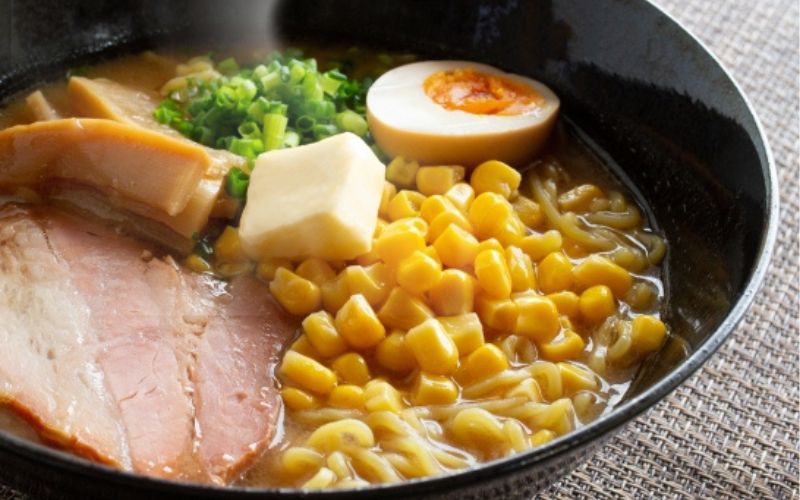
Moving north to Hokkaido, the ramen here is influenced by the region's cold climate.
Sapporo, the capital of Hokkaido, is famous for its miso ramen.
The broth is rich and savory, often made with a combination of miso paste and pork or chicken stock, and sometimes flavored with seafood.
The noodles are curly and medium-thick, designed to hold the hearty soup.
Common toppings include corn, butter, and bamboo shoots, creating a perfect bowl to warm you up during the frigid Hokkaido winters.
Tokyo Ramen: Classic and Comforting
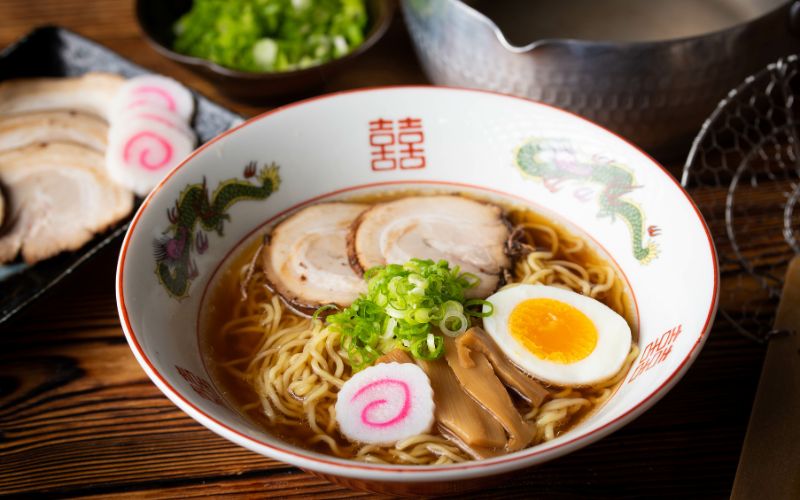
Tokyo-style ramen is characterized by its soy sauce-based (shoyu) broth, which is lighter compared to Hakata and Hokkaido varieties.
The broth is typically made from chicken, fish, or a combination of both, giving it a clear and aromatic flavor.
The noodles are usually slightly curly and medium thickness.
Toppings often include slices of chashu, menma (fermented bamboo shoots), nori (seaweed), and a soft-boiled egg.
Tokyo ramen represents the classic, comforting flavor of traditional Japanese ramen.
The Variety of Noodles: A Slurp Above the Rest
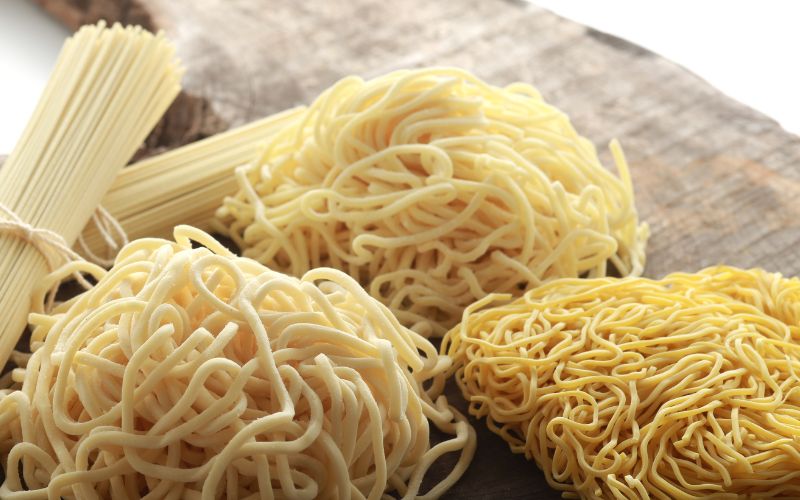
Ramen noodles are as diverse as the broths they swim in.
They vary in thickness, texture, and shape, each type complementing different styles of ramen. Here are some common types:
- Thin and Straight: Often found in Hakata ramen, these noodles absorb the rich, creamy tonkotsu broth well.
- Curly and Medium-Thick: Popular in Hokkaido ramen, these noodles hold onto the miso soup, adding to the hearty experience.
- Slightly Curly and Medium: Common in Tokyo ramen, providing a good balance with the soy sauce-based broth.
- Wavy and Thick: Sometimes used in regional varieties, these noodles add extra chewiness and are perfect for soaking up robust flavors.
The Rise of Vegan Ramen: A New Frontier
In recent years, vegan ramen has become increasingly popular, especially among international tourists.
Traditionally, ramen broths are made with animal products like pork bones or chicken stock, but innovative chefs across Japan are now creating delicious vegan alternatives.
These broths are often made from a combination of vegetables, seaweed, and mushrooms, providing a rich umami flavor without any animal ingredients.
Vegan Ramen Shops on the Rise
The demand for vegan options has led to a rapid increase in ramen shops specializing in vegan dishes.
These restaurants often cater to health-conscious eaters and those with dietary restrictions, ensuring that everyone can enjoy the comforting experience of a bowl of ramen.
Many traditional ramen shops have also started offering vegan options alongside their regular menu, showcasing the versatility and inclusivity of this beloved dish.
Famous Ramen Shops in Japan
Japan is home to countless renowned ramen shops, each with its own unique take on this classic dish. Here are a few must-visit spots:
Ichiran Ramen (Fukuoka)
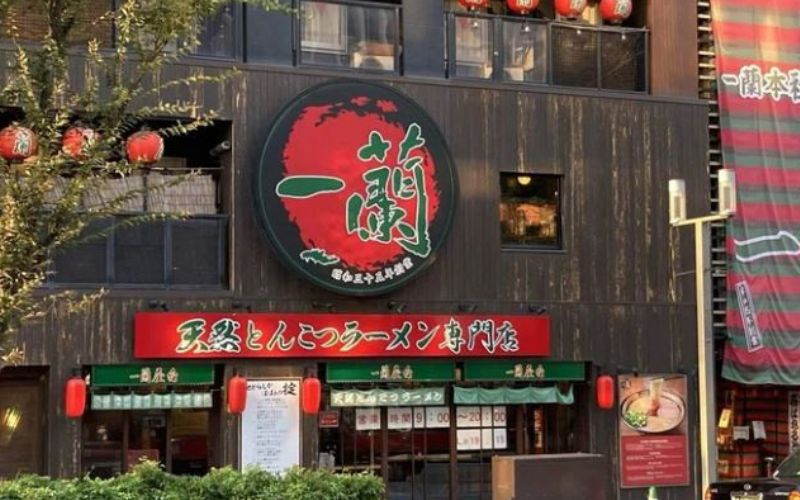
Known for its focus on tonkotsu ramen, Ichiran offers a unique dining experience where customers can enjoy their meal in individual booths, allowing them to fully savor the flavors of their ramen without distractions.
Ramen Jiro (Tokyo)
A cult favorite, Ramen Jiro is famous for its gigantic portions and intensely flavored soy sauce-based broth. The noodles are thick and chewy, topped with generous amounts of garlic, bean sprouts, and chashu.
Sumire (Sapporo)

Sumire is a legendary spot for miso ramen lovers. Their broth is rich and full-bodied, perfectly paired with curly noodles and topped with corn, butter, and green onions.
T’s Tantan (Tokyo)
For vegan ramen enthusiasts, T’s Tantan offers a variety of plant-based ramen options. Located in Tokyo Station, this shop is a convenient and delicious stop for travelers.
Afuri (Tokyo)
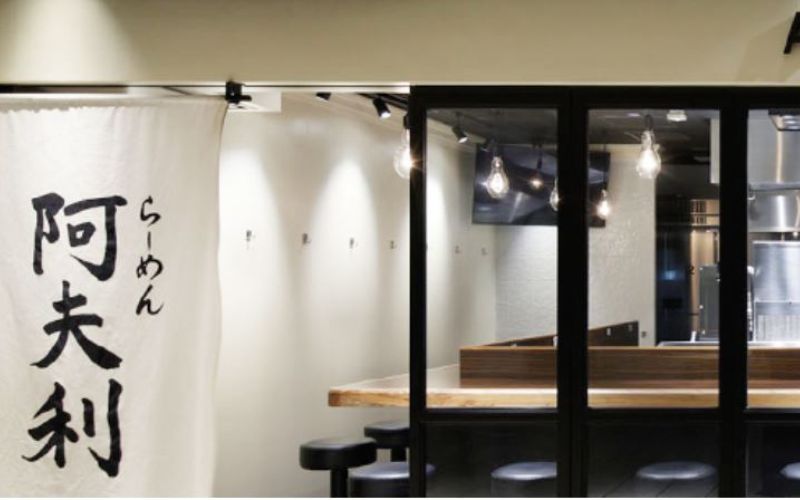
Afuri is known for its yuzu shio ramen, a lighter, citrus-infused broth that provides a refreshing contrast to heavier ramen varieties. The delicate flavors and unique ingredients make it a standout choice.
Conclusion
Ramen is more than just a meal; it’s a culinary journey through Japan’s diverse regions and flavors.
Whether you’re a fan of the creamy tonkotsu of Hakata, the hearty miso of Hokkaido, or the classic shoyu of Tokyo, there’s a bowl of ramen out there for everyone.
The rise of vegan ramen has also ensured that this delicious dish is accessible to all, reflecting the adaptability and creativity of Japanese cuisine.
So, next time you’re in Japan, make sure to slurp up a bowl of ramen and experience this extraordinary dish in all its glory.
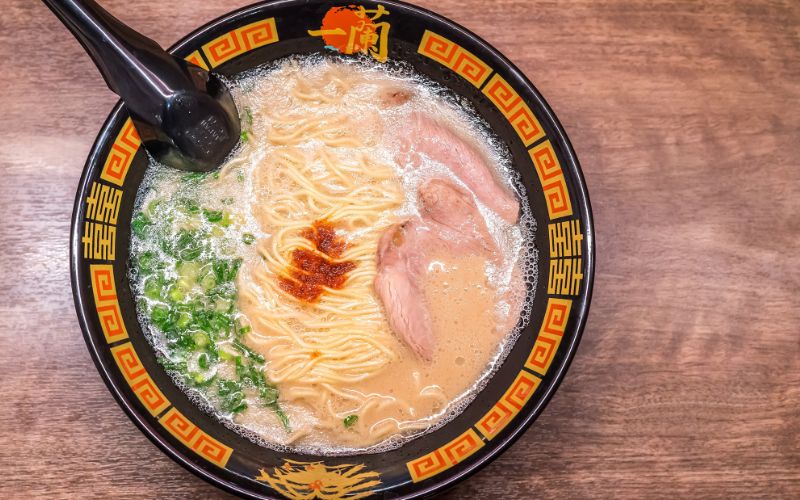
JapanVillage on Amazon.com😊
You can get more items of delicious Japanese food!
We launched a store on Amazon.com Australia! We will add more items there!✨



Facebook Comments